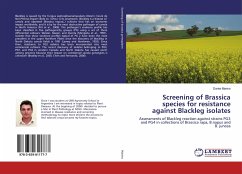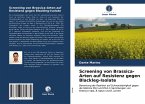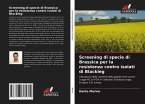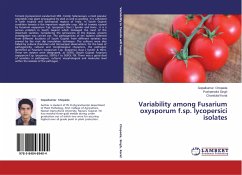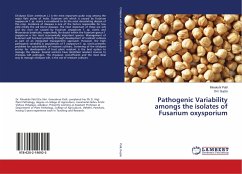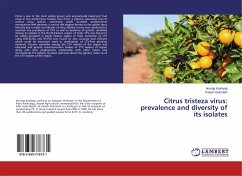Blackleg is caused by the fungus Leptosphaeriamaculans (Desm.) Ces.& de Not.Phoma lingam (Tode ex. Schw.) is its anamorph. Blackleg is a disease of canola and rapeseed (Brassica napusL.) cultivars that has an economic impact worldwide, and it is by far the most destructive pathogen of canola in North America (Fitt et al., 2006). The pathogen's virulence profile has been classified in five pathogenicity groups (PG) using a set of three differential cultivars: Westar, Glacier, and Quinta (Mengistu et al., 1991). Isolates that show virulence profiles typical of PG 2 have been the most prevalent in the upper Northern Plains since the discovery of blackleg in North Dakota canola fields in 1991 (Lamey and Hershman, 1993). Since then, resistance to PG2 isolates has been incorporated into most commercial cultivars. The recent discovery of isolates belonging to PG3, PGT, and PG4 in western Canada and North Dakota has caused alarm among growers because their impact on commercial canola genotypes is unknown (Bradley et al., 2005; Chen and Fernando, 2006).

